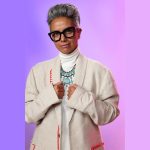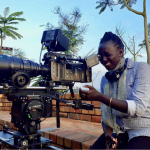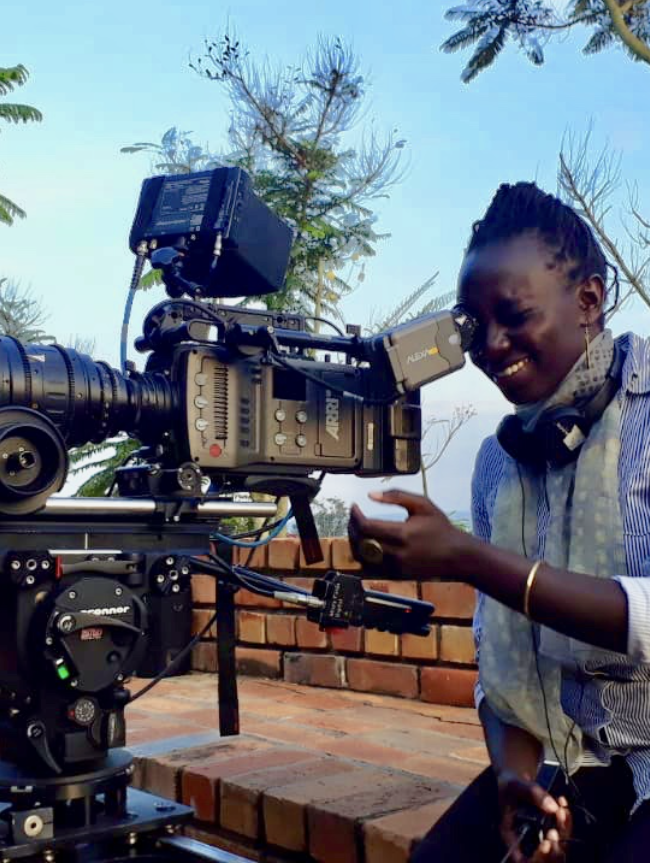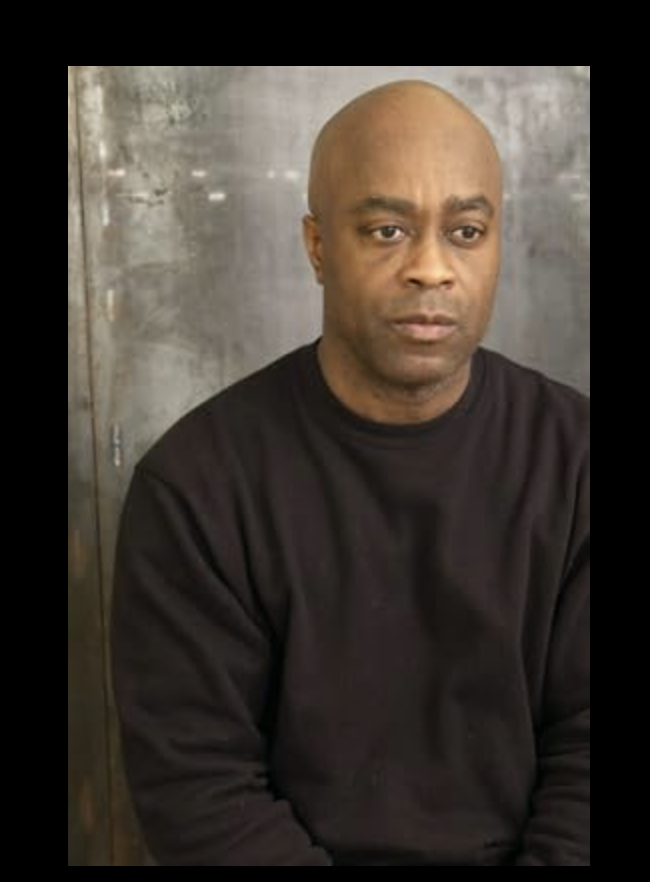A Conversation with Tanaz Eshaghian (AN EYE FOR AN EYE)
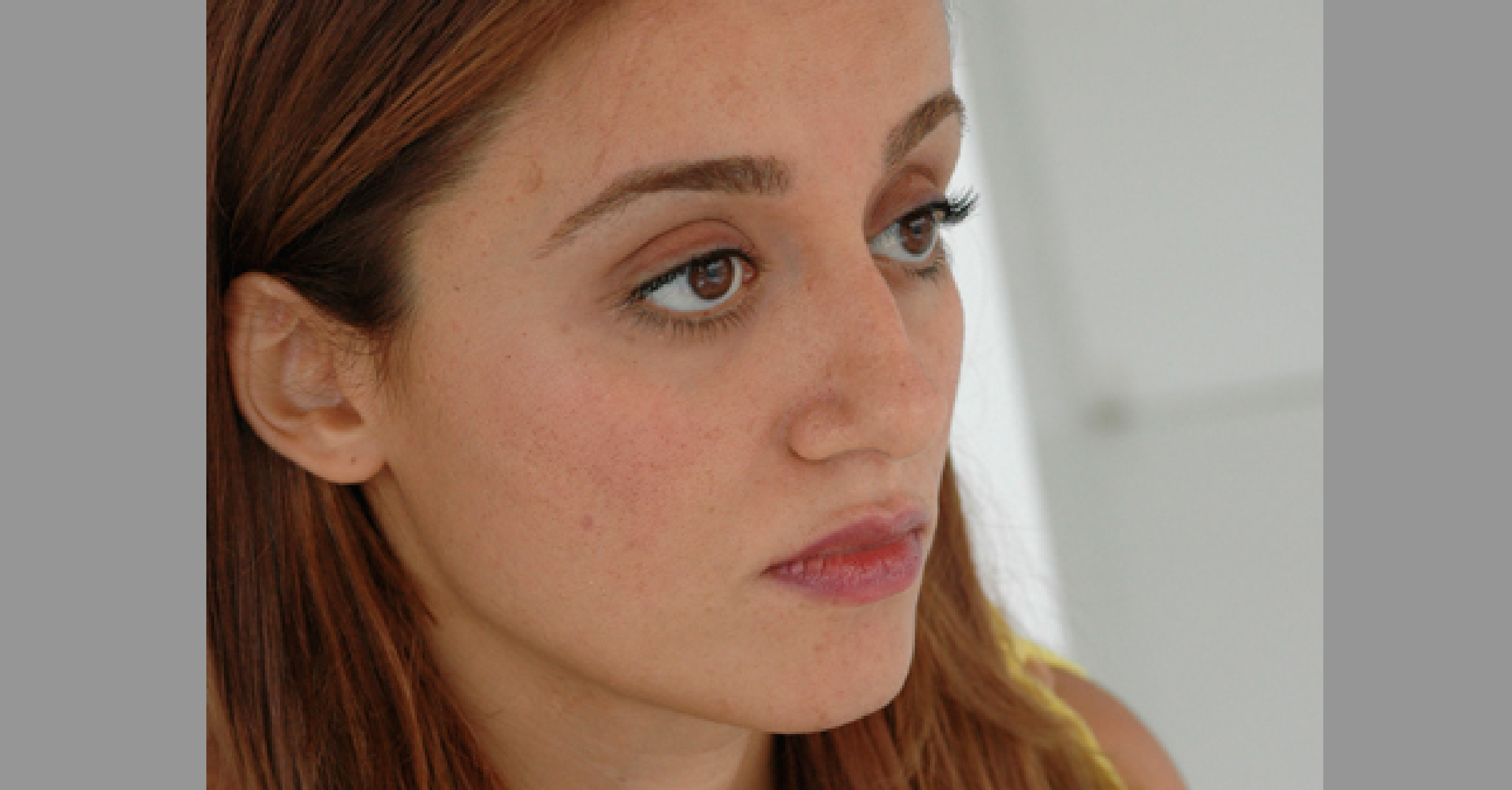
After killing her husband in an act of self-defense, Tahereh Eshaghian served 14 years in prison. But the punishment isn’t over yet. Now, her husband’s family must decide whether she is to pay a sum of blood money or face execution. As both an investigation into the murder of Tahereh’s husband and a ticking clock counting down her fate, An Eye for an Eye is a striking account of grief, sympathy, and justice – or the lack thereof.
While this law does not usually apply to cases of self-defense, patriarchal values engrained in the justice system see Tarhereh’s last-ditch effort of escaping from domestic violence as cold-hearted murder through and through. Despite recounting the abuse she and her daughters faced by the hands of her husband, Tahereh is cast by society as a merciless killer, making the fundraising for her blood tax near impossible. In presenting the tragedy of both Tahereh and her late husband’s family, Tanaz Eshaghian and Farzad Jafari shine a light on this storied yet controversial system.
Many of Eshaghian’s films touch upon stories of people who have been outcast or branded as a disgrace, exiled from their community or punished for their “crimes” – including gay men in Iran, women in an Afghan prison, Syrian refugees in America, and disabled children in Pakistan. An Eye for an Eye is a piercing addition to the astounding topics she dares to uncover.
Hammer to Nail: How did you discover Tarhereh’s story?
Tanaz Eshaghian: So I was looking to do my next project, and one of my good friends lives between Iran and here. And I asked her if she knew of any good stories. She told me that there is a guy she’s friendly with who recently did a portrait of a human rights anti-execution activist who tries to stop people from being executed. And I was like, wow. So I saw his footage, and I thought to myself, this is really interesting. This woman is remarkable; the work she does is interesting. Next thing you know, me the guy who already knew her – my co-director on this, Farzad – are FaceTiming into her living room. She’s going through her cases of different executions she’s hoping to stop. She went through a few and then she mentioned Tahereh. And I was like, oh, that’s really interesting. And that was that.
HtN: Something that stands out in this film is that both sides of this conflict – Tarhereh, the murderer, and the victims’ family – are simultaneously deserving of contempt and sympathy.
TE: Yeah, that was hard for me
HtN: Regardless of however you had been feeling about each side of the issue, how did you tackle both the mental gymnastics and responsibility as a documentarian to present this with an understanding for both sides?

Tahereh Eshaghian in AN EYE FOR AN EYE
TE: From my first look at it, my first instinct was to ask, what on earth did this poor woman go through that she thought it was a good idea to murder the father? Imagine how awful this home was and what she was seeing that she actually thought it’s better for me and the kids to strangle him. So that was really the viewpoint that I first felt. But then I as a filmmaker, I’ve really tried to step back as much as I can and show everyone’s perspective. Because there is a loss, especially for his mom. But it was really hard, because what I kept seeing and what I kept feeling was that I agreed with Tahereh’s son, that they don’t care, they just want the money. But quite a few of the producers and my co-director pushed me to be a little more open. I’m open to being influenced by everyone’s humanity and I really dislike films that have an agenda. I really think my job, or what I can add in my little way, is just to show what is happening.
HtN: With this film, you’re telling stories of incredible trauma, on both sides of the situation, both Tahereh and her late husband’s family. How did you establish trust with both families for them to openly and emotionally share their story, not just to you, but to the world?
TE: Well, I wasn’t on the ground in this case. The trust establishment was done by the co-director Farzad Jafari, the producer Katayoun Arsanjani, and the co-producer and DP Gelareh Kiazand. But I wasn’t concerned about that because in the Middle East, the boundaries are different. You don’t have the same individualated culture that would have you asking this question. It’s a more connected, communal society, whether it’s Iran, Afghanistan, Pakistan, Jordan. It’s more of a feeling that we’re all human and we’re all in this together. And as a result, you can also expect more from each other. It’s not like “I’m just doing my job,” it’s asking “What do you need?” “How can I help?”
HtN: Many of your films, including An Eye for an Eye touch upon stories of intense trauma. Even just watching this film, there is an immense feeling of despair. Does shooting films of these topics have an emotional toll?
TE: Well, that’s for me and my therapist.
HtN: Then on the technical side, what was one of the greatest challenges?
TE: I usually just do straight vérité. In Love Crimes of Kabul (2011) it’s all in front of the camera, in As Far as They Can Run (2022) it’s really all happening, and in this there’s ticking clock: will she raise the money to not be executed? Will the human rights activist raise the money? Will the family negotiate? You’re watching things happen in real time in front of you. But this film also had this element of what really happened the night of the murder. Was there another man involved? Did this guy do the killing? I’ve never done that before. That was difficult. But with the right editor, Soren B. Ebbe, and with the help of my producer, Christoph Christoph Jörg, I feel like they did a really nice job bringing in the past while actually telling you something about the characters that you’re watching now.
HtN: Do you see this film prompting any change around how legal and judicial practices such as these are done, or impacting the patriarchal skew of some of these practices?
TE: When I was younger I had a lot more hope. But now, I don’t expect very much. This is a really difficult subject, but it’s better to document it and to show the world how people live in all parts of the world and what happens to them. When you make a film, it has cultural influence. People watch it and they may or may not know that they have been influenced by this humanity. When you see someone not just as a case, but as a mom trying to live her life, with kids that would suffer without her, that affects you, you talk about it, that affects other people. It has it’s own form of very soft but important influence.
– Kaitlyn Hardy

